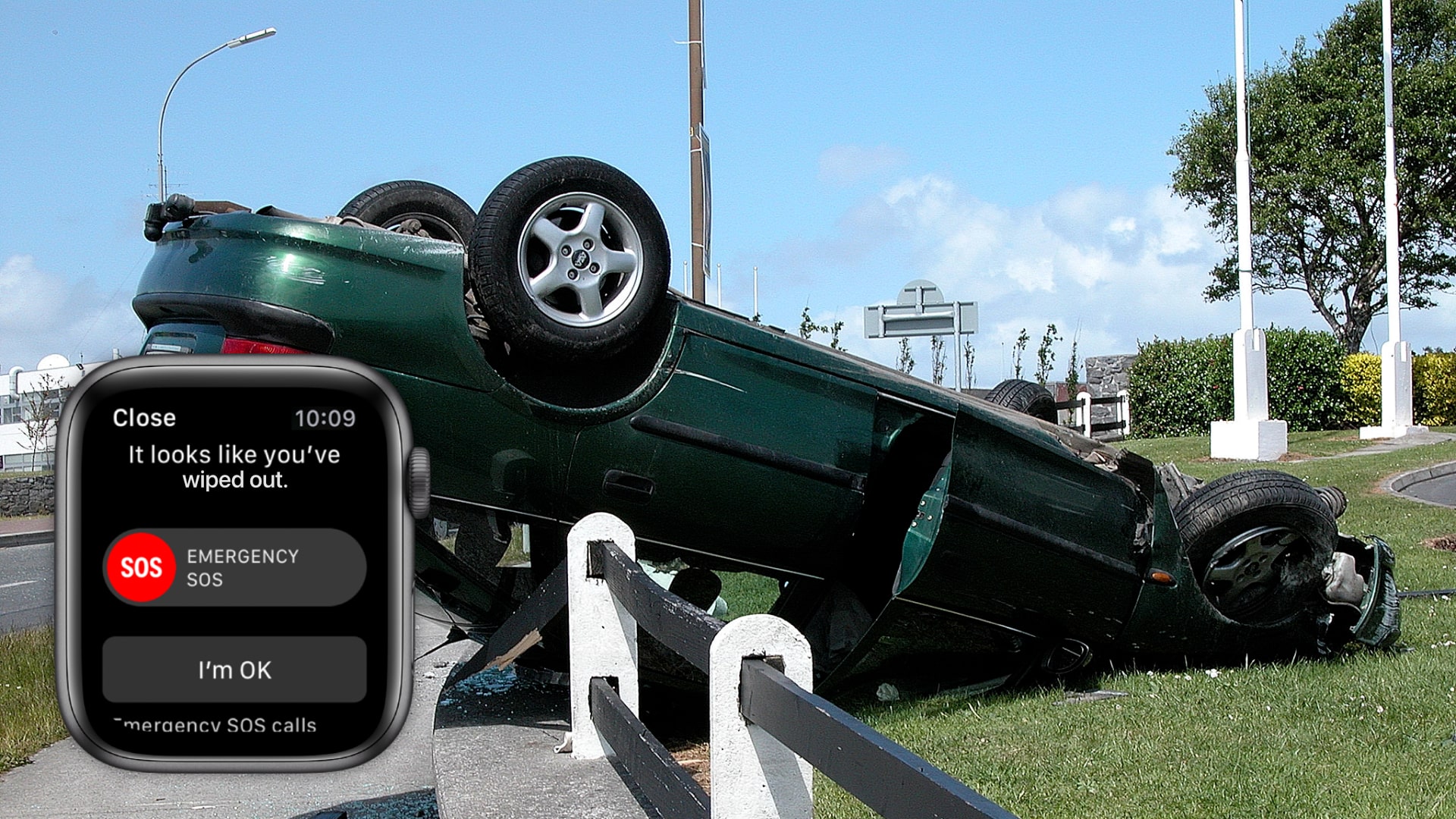
The iPhone 14 series’ Crash Detection function is a standout addition. The system’s primary objective is to identify significant crashes so that victims may get aid as soon as possible. The sensors inside the phone are the heart of the technology. Someone on a roller coaster apparently set off the Crash Detection function on an iPhone 14 Pro. Because of this, many people began to doubt the function of the addition. Apple has addressed the issue by saying there is no foolproof method for turning on crash detection.
A crash has been detected on the roller coaster. There have been rumours that the Crash Detection function has gone off when there was no real danger. Several reports addressed this issue, but the one about an iPhone 14 Pro user on a rollercoaster and the function mistaking it for an accident stood out. As intended, the phone dialled the emergency number, only to learn afterwards that nothing had really been wrong. Consequently, the feature’s efficacy came under heavy fire.
No magic cure… Taking a page from Apple
Apple’s vice president of sensing and connectivity and vice president of worldwide iPhone product marketing explained the feature’s operation to TechCrunch, saying, “there is no silver bullet in terms of enabling crash detection.” The pair described how the Crash Detection function works. An improved gyroscope and accelerometer that can measure up to 256 Gs in force are credited for making this improvement possible.
The executives elaborated, saying that a number of sensors work together to provide the function. In addition to the gyroscope and accelerometer, there is also a global positioning system (GPS) that can identify high speeds, a microphone that can listen for the noises of an accident, and a barometer that can detect the drop in atmospheric pressure caused by the deployment of the airbags.
It’s not a simple equation, so determining how many of these conditions must be met is challenging. And what signs we have to look for afterwards depends on how fast the travelling speed was in the first place. It’s a highly dynamic system that takes into account your speed change, impact force, pressure change, and sound level,” Huang said.
This helps explain why the user’s iPhone 14 Pro dialled 911 while they were on the rollercoaster. When the rollercoaster would have been moving at different rates during the ride, the phone picked up on the variations in speed and force, as well as pressure and volume changes (which probably includes the sound of the rollercoaster and screams of other users). The Cupertino behemoth said that it conducted real-world testing and gathered data in collaboration with other crash laboratories. Using these numbers, we were able to guarantee the functionality worked adequately. It also stressed the difficulty of simulating real-world crashes, “especially ones that can check off the requisite boxes.”
